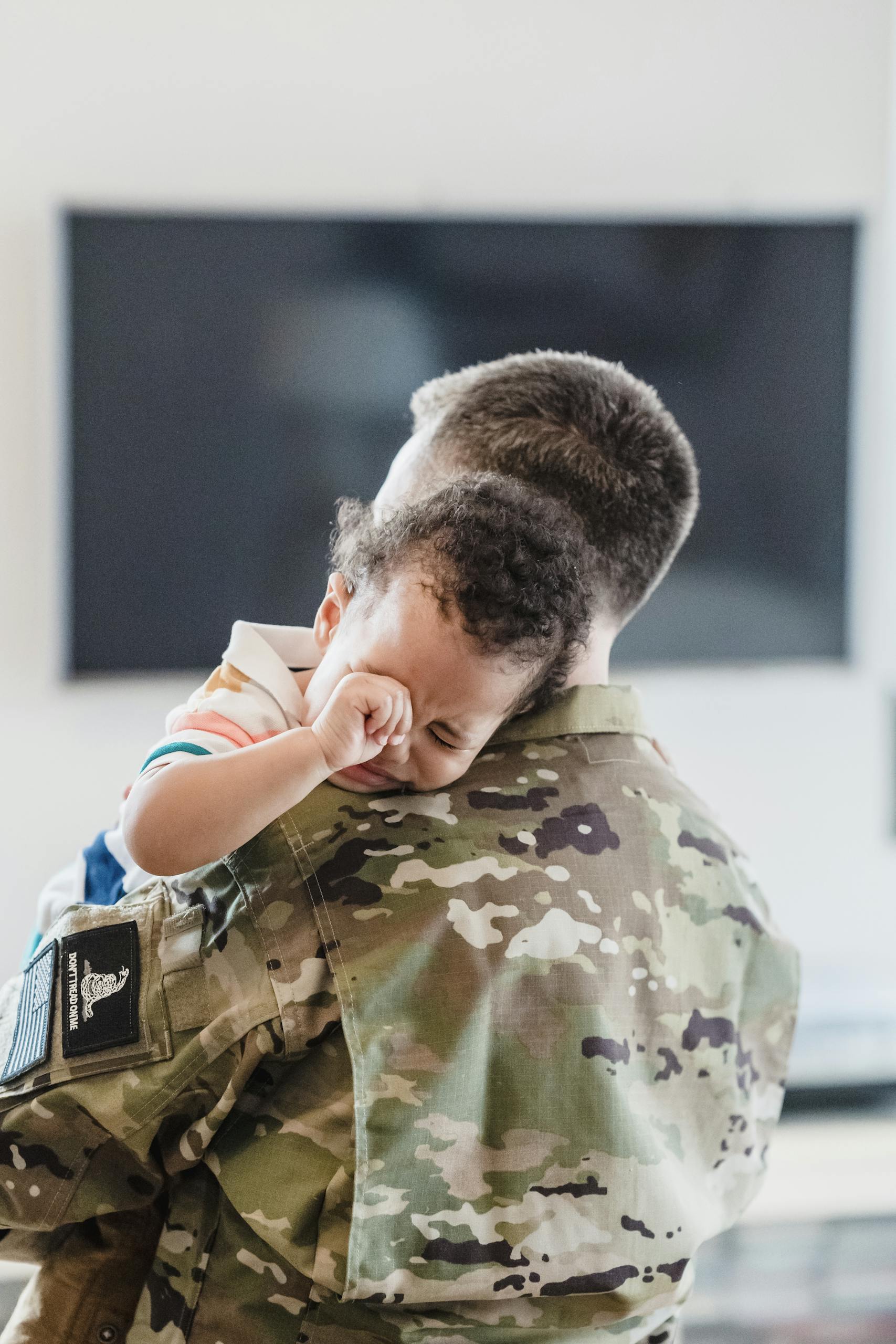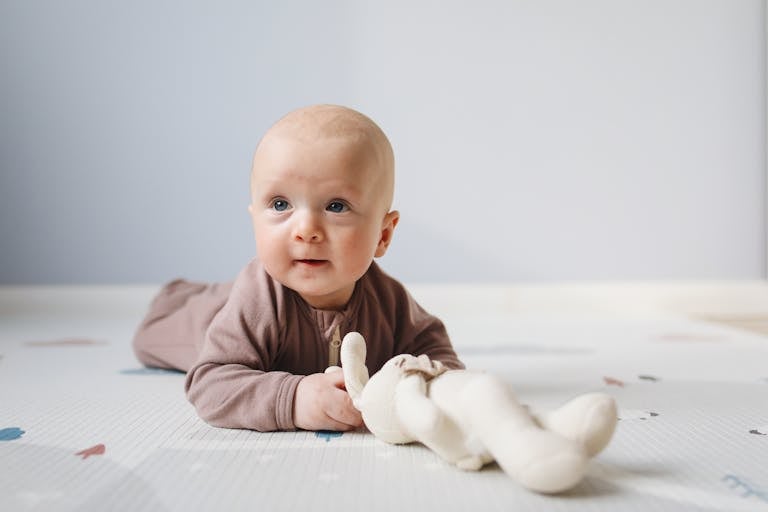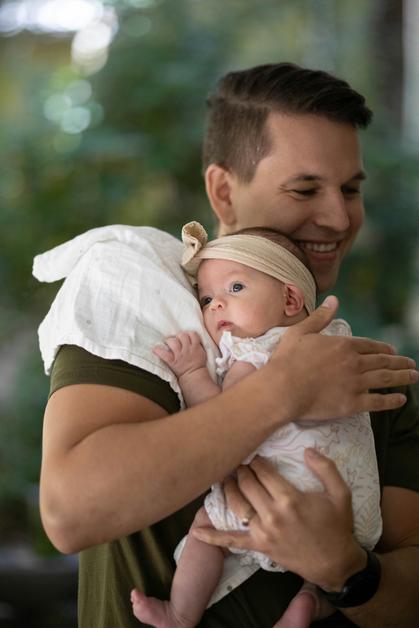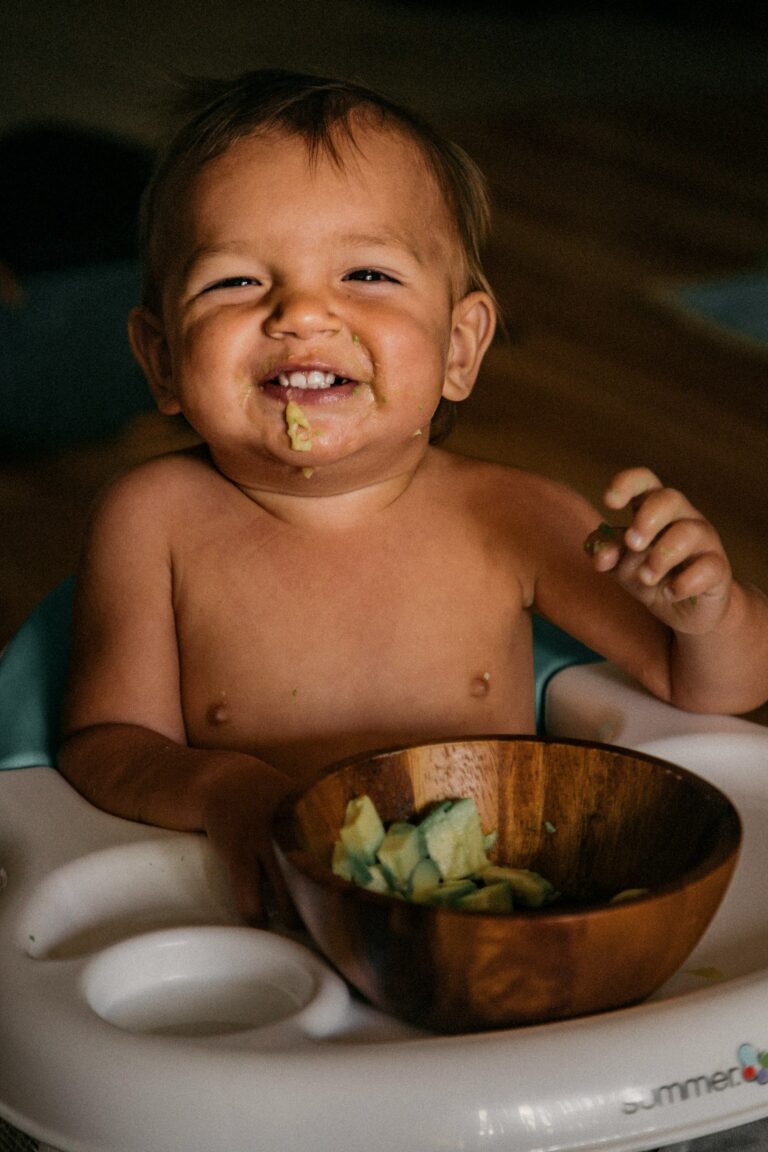Whether the first drop-off at daycare brings tears, or bedtime feels like a daily emotional hurdle, separation anxiety has a remarkable way of weaving itself into family life. Many parents battle questions that repeat in their minds like a gentle drum: “Is my child’s fear normal?” “Am I doing something wrong?” Those small hands gripping yours so tightly, the clinging at every goodbye, the quivering lip—these are not just emotional moments; they echo a deep-rooted biological and psychological process tied to growth, attachment, and learning to let go. In the everyday rush, understanding what’s going on under the surface can transform worry into reassurance, and sometimes, conflict into connection. This journey explores the medical details, developmental stages, and practical strategies—so you can approach separation anxiety with empathy and balanced confidence.
What Is Separation Anxiety? Understanding The Emotional Landscape
Children’s sudden tears on saying goodbye, their persistent worry if you’re late, even the physically distressing symptoms like stomach pain or headaches when you leave the room—all these signs point towards separation anxiety. At its core, this is far more than ordinary clinginess; it springs from a potent cocktail of neurological development and emotional security. The mind of a small child, still learning about object permanence (the understanding that objects and people exist even when out of view), struggles to grasp that a parent will reliably come back after going away.
Peaking between 9 to 18 months, this stage can look intense—yet for most babies and toddlers, it’s an ordinary milestone along the path toward independence. Some days are calmer. On others, the distress is sudden and overwhelming, shaped by a complex web of internal temperament, external routine, and sometimes the smallest changes in your tone of voice. And while the spotlight often shines on children, separation anxiety transcends age; even adults may feel piercing unease at the mere thought of being away from loved ones.
Why Does Separation Anxiety Happen? Medical And Emotional Triggers
Paediatricians and neuroscientists describe separation anxiety as a normal adaptive response, rooted in biology and survival. It’s the very mechanism that, centuries ago, kept offspring near protective adults. But today, this survival instinct, amplified by factors like temperament (inborn sensitivity to stress), family history, and changes in environment, can sometimes feel out of sync with modern routines.
Medical research highlights several risk factors:
- Genetic predisposition: Children of parents prone to anxiety or mood disorders may be more sensitive to separations.
- Chemical imbalances: Disturbances in neurotransmitters (brain chemicals responsible for mood regulation such as serotonin) can play a role.
- Life events: Shifts like relocating, family illness, bereavement, or parental discord often intensify feelings of vulnerability.
- Attachment patterns: Responsive, consistent caregiving helps build a secure base, while unpredictability or overprotectiveness may intensify worries.
- Developmental milestones: As kids grasp complex ideas (object permanence, time), anxiety about loss can spike, only to taper as understanding grows.
Is the anxiety always a disorder? No. For most, the worries ebb and flow, fading out as independence increases. Yet, if distress is excessive, lingers beyond four weeks (six months in adults), and begins to hinder sleep, friendships, school, or family life, clinicians consider separation anxiety disorder—a diagnosable condition requiring medical and therapeutic support.
How Separation Anxiety Looks: Signs, Symptoms, and Everyday Scenarios
Parents sometimes notice the pattern even before words: a baby who was content suddenly screaming when the parent exits, skipping meals, or refusing to sleep without physical closeness. For older children, the signs may shift—worrying constantly about something bad happening to a caregiver, refusing school, or inventing excuses to stay close (“I have a stomachache…”). Sometimes, even older teens or adults report:
- Nightmares about separation or loss
- Reluctance or outright refusal to be alone
- Persistent fear of harm befalling loved ones
- Excessive texts or calls to check safety
Physical symptoms often blur the line between emotional and bodily experience: headaches, nausea, palpitations, vomiting, all peaking around transitions. The severity, not mere presence, marks the line between normal response and diagnosable disorder.
Myths and Misunderstandings: Setting The Record Straight
You might have heard the whispers, even from well-meaning friends: “Oh, this is just a phase!” or “Aren’t you spoiling him by giving in?” Behind such advice, several misconceptions hide:
- It’s only seen in children: In reality, parents, teens, even pets can experience profound distress due to separations.
- It’s a parenting fault: Genetics, neurobiology, life events have equal, if not bigger, influence. Labelling children as manipulative due to fear-driven behaviors only adds guilt, never answers.
- Comforting increases the issue: Evidence instead favours supportive, structured reassurance over abrupt withdrawal.
- All kids will just grow out of it: While most do, a persistent, intensifying pattern needs expert attention for best outcomes.
Practical Strategies: Supporting Your Baby Through Separation Anxiety
The morning rush. You pick up your bag, ready to leave, and suddenly—tears erupt. How to help your child face this storm?
- Predictable Rituals: Short, consistent goodbye routines—perhaps a quick cuddle, a signature phrase, a wave at the window—lower stress by creating certainty.
- Remain Calm: Children sense parental moods almost magically. A steady, reassuring presence speaks volumes, even when your own heart feels heavy.
- Gentle Exposure: Practise mini-separations at home before bigger events like school or daycare. Gradual, repeated practice grows confidence, not fear.
- Transitional objects: A soft toy, a scarf carrying your scent, a favourite storybook—these serve as concrete reminders that you’ll return.
- Prepare for New Situations: When bringing in new caregivers or starting at daycare, allow slow adaptation. Short, positive visits with you nearby, followed by gentle extensions, encourage trust.
- Encourage Independence: Praise small leaps, like playing alone for a few minutes, or waving goodbye without tears, reinforcing hope and security.
- Balance discussions: Acknowledge worries (“Missing mummy is hard”) rather than dismissing them. Open conversations build trust over time.
When To Seek Help? Clinical Guidelines
Some days, no strategy seems to work. That’s when questions arise: should we wait it out, or consult a professional? Medical guidance highlights the following indicators for seeking assessment:
- Symptoms lasting longer than four weeks (children) or six months (adults)
- Intensity of distress impairing school, relationships, daily functions
- Avoidance of all but the safest environments
- Escalating physical complaints or new behaviour problems
Therapists recommend cognitive behavioural therapy (CBT) for many, focusing on building coping skills, gradual desensitisation, and reframing exaggerated worries. Medication (usually SSRIs) enters the picture in moderate or severe cases, always under strict medical guidance. Support for the family and coordination with schools further smooths transitions, helping everyone move forward.
Medical Management and Home Interventions
Evidence-based strategies combine warmth, consistency, and clear expectations. Cognitive-behavioural approaches, used both in therapy and at home, include:
- Identifying anxious thoughts and challenging their accuracy (“What is most likely to happen?”)
- Stepping up exposure to separations in small, manageable doses
- Teaching calming techniques such as deep breathing or muscle relaxation
- Reinforcing each success with genuine praise and affection
For some, medication may be prescribed, carefully weighed for benefits and possible side effects, and reserved for debilitating or persistent symptoms. Collaborative strategies with teachers and caregivers ensure children experience predictability and boundaries across settings.
Prevention and Resilience: Building Lifelong Confidence
Paediatricians and mental health specialists all highlight the value of secure attachment—formed by repeated cycles of responsive caregiving, consistent routines, and open communication. Small daily practices, like previewing changes, expanding independent play, and sharing stories about separation and reunion, teach children that they are capable of managing emotions.
It’s equally important for parents to model calm departures, talk openly about their own feelings, and manage personal stress. No family escapes challenges, but when transitions are gradual, and children’s feelings are acknowledged, adaptation blooms.
Childcare providers and schools also play a pivotal role, offering flexible schedules, comfort objects, and transparent updates so trust is built on all sides.
Key Takeaways
- Separation anxiety affects not just young children but older kids, adults, and even pets, taking many forms.
- Fluctuating between ordinary development and diagnosable disorder, the difference lies in intensity, duration, and impact on daily life.
- Genetic, environmental, and psychological factors all contribute; there’s no single root cause.
- Evidence-based solutions include therapy, medication when needed, and structured support from family, school, and community.
- Consistency, open dialogue, and gradual independence lay foundations for resilience, so children (and parents!) learn to face separations with strength.
- For parents seeking extra support, resources such as therapists, counsellors, and the application Heloa offer free health questionnaires, expert advice, and tools for customised guidance.
Questions Parents Ask
Can separation anxiety affect sleep patterns in children?
Absolutely. Many children struggling with separation anxiety find bedtime especially distressing, as night means being separated from parents. Common scenes: difficulty falling asleep, repeated wakings, intense need for reassurance before bed. Gentle routines, comfort objects, and a predictable sequence before sleep can ease transitions. With consistency, most children begin to accept nighttime separations.
Can separation anxiety occur in adults as well?
Yes. Separation anxiety is not only a childhood phenomenon. Adults may experience powerful distress at the prospect of being away from loved ones—children, partners, or even elderly parents. This can manifest as restlessness, trouble focusing, or even physical discomfort when separated, often linked to deep attachment bonds or earlier life experiences. Recognition and, if needed, professional consultation, make coping easier.
What role does temperament play in separation anxiety?
Temperament, often described as the biological core of personality, acts as a filter for stress. Children with naturally cautious or sensitive temperaments may react more intensely to separation, needing added reassurance and gentle adaptation. This is neither a flaw nor a reason for concern—it is a reflection of each child’s unique genetic and emotional blueprint. Adapting routines and offering consistent support help such children grow robust confidence over time.
Further reading:









